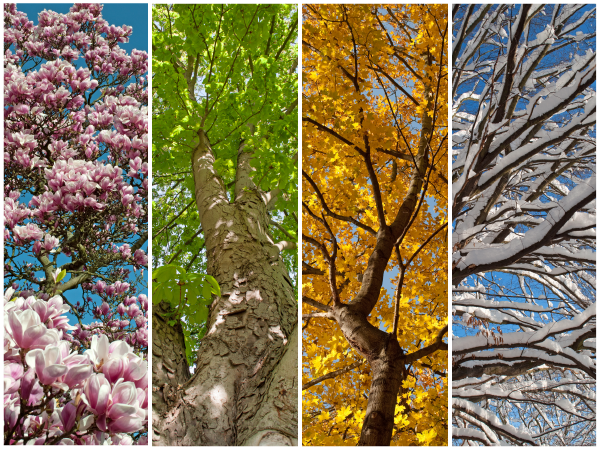
Grade:
Topic:
Unit:


In this lesson mini, students learn about seasons and their effects on daily life. They observe and record local weather conditions, exploring how these change over time. Students also make observations at different times of year and relate the amount of daylight to each season.

Minutes
Minutes
Minutes
Minutes
Minutes

Level-up current events into dynamic learning!